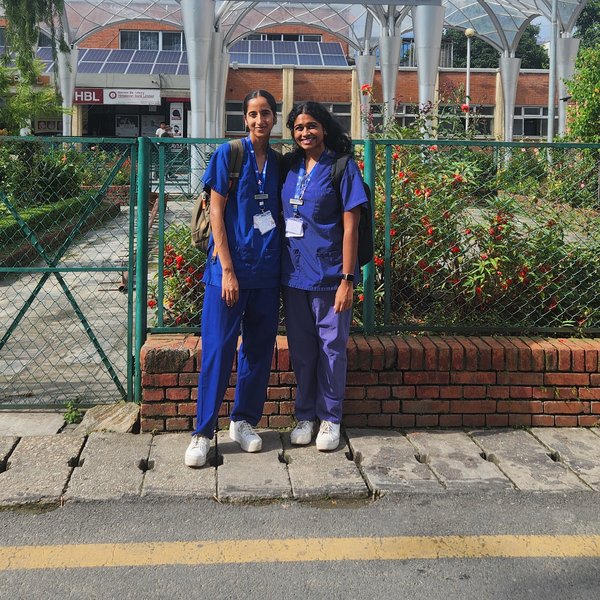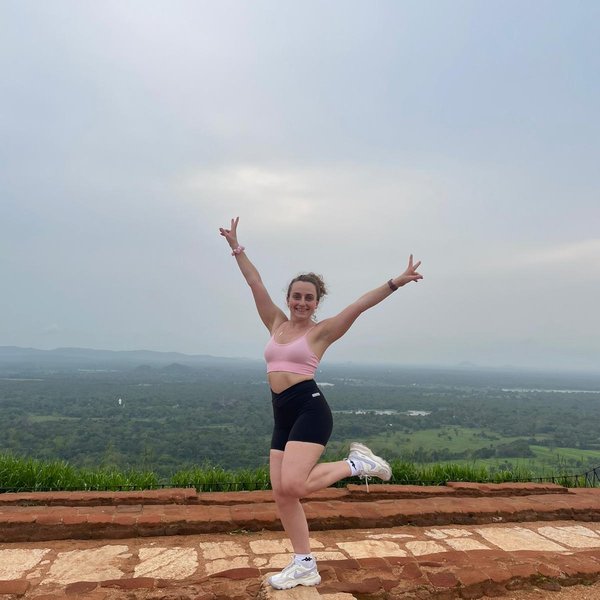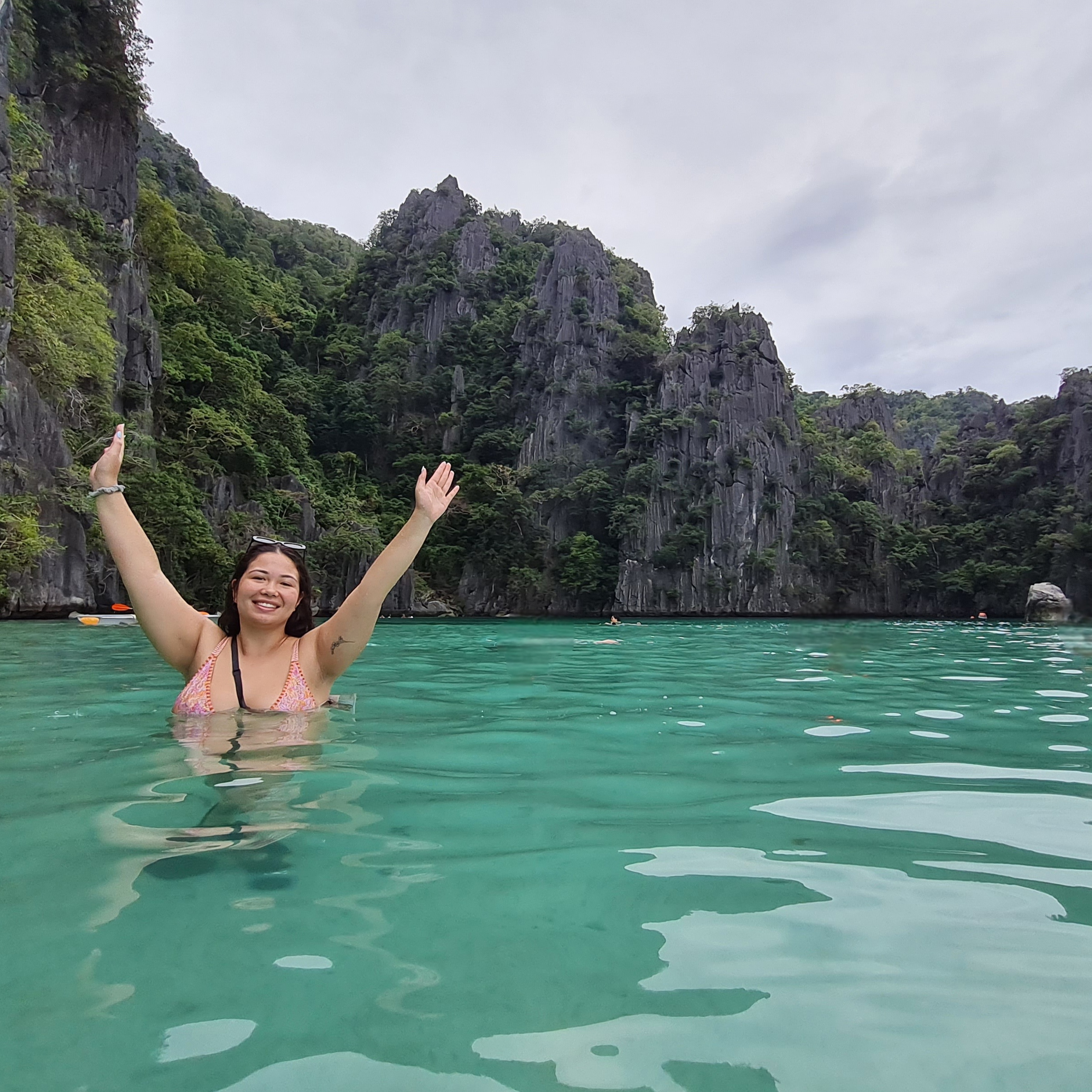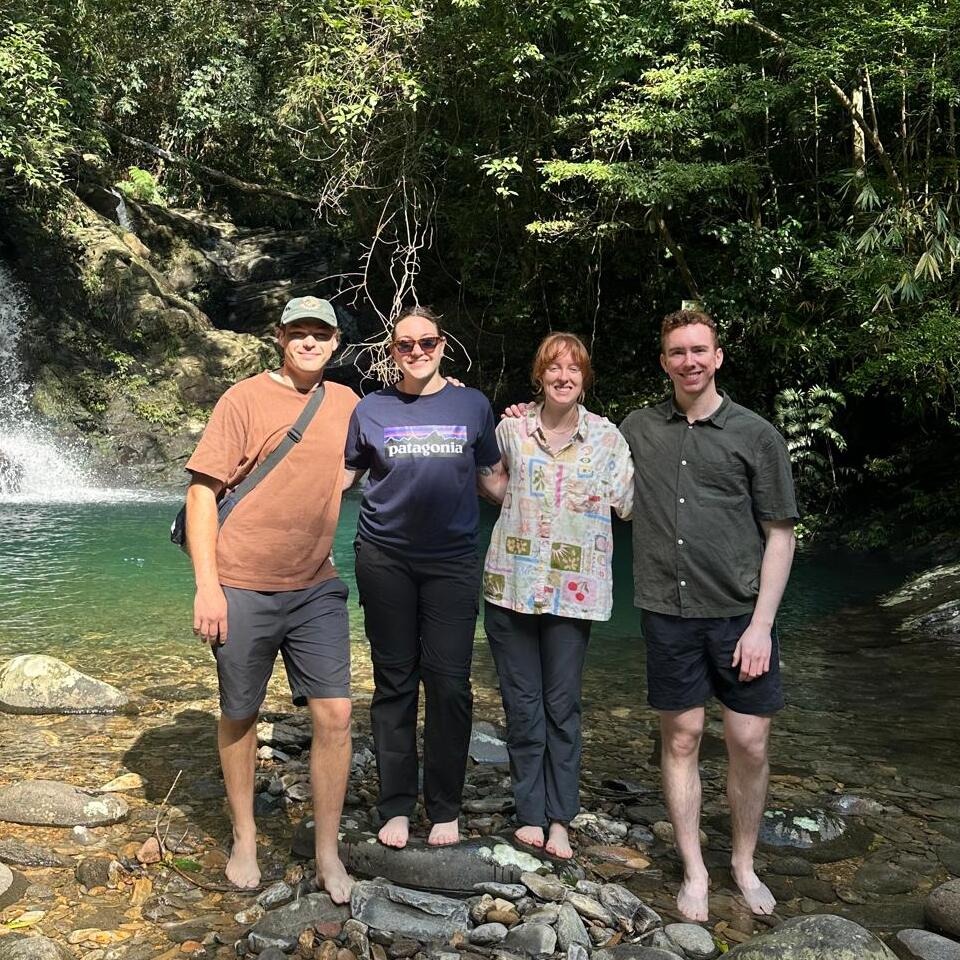University of Auckland 2024
I was inspired to undertake an overseas placement for my 10-week medical elective as I wished to spend time in a healthcare system different to home in New Zealand.
I wanted to spend my elective in a developing nation to gain insights into the differences in healthcare systems and deepen my understanding of the broader political, cultural, and environmental factors influencing healthcare delivery. Going overseas was also a great opportunity to gain some exposure to plastic surgery, an area of medicine that we do not typically rotate through in medical school back home.

My first impression of the placement hospital was that it was quite big, being one of Nepal's major tertiary referral hospitals. There were definitely differences compared to back home — the ergonomics of the emergency department meant that there would often be two to three patients in one bed.
A factor I was wary of before leaving for my elective was the language barrier. The primary language spoken was Nepali, and most communication with patients was carried out in Nepali. Fortunately, all doctors and most of the wider healthcare team spoke English. Ward rounds, morning handovers and presentations were conducted in a mix of Nepali and English.
In the beginning, it was hard to follow along with the conversation at times when it was conducted primarily in Nepali. Still, the team was happy to explain things in English or answer any questions when asked.
In the Work the World house, we were able to attend Nepali lessons to learn the basics of the language, which in turn helped build rapport within my team as they appreciated the effort of trying to learn their language. Towards the end of my elective, I found that I could hold a basic conversation in Nepali and understand what was being discussed by listening out for key Nepali words.

Being a prominent institution in Nepal, there was a high volume of patients. I had the opportunity to observe numerous rare and advanced disease presentations in the outpatient department (OPD), which I would not typically encounter in New Zealand.
An interesting presentation I observed in OPD was a case of congenital melanocytic naevus with multiple satellite lesions in a four-year-old female. Management options included serial excisions of the lesions on her face and tissue expansion to increase the skin's surface area as a substitute for skin grafting.
Another case I found fascinating was a 67-year-old man who presented with a recurrence of dermatofibrosarcoma protuberans (a locally aggressive malignant soft tissue sarcoma) located on his left upper back. He was operated on the next week, where he underwent a wide local excision with a split-thickness skin graft.
I also had the privilege to observe the 13th liver transplant at my placement hospital, which was a valuable continuation of my experience from my time at the New Zealand Liver Transplant Unit last year. This experience provided me with a unique perspective on the challenges in surgical care within a resource-limited setting.
In Nepal, at my placement hospital, only living donor transplants were undertaken as it is not yet a well-established transplant centre with the administrative capacity and funding for cadaveric donor transplantation. The law also governs that transplants can only be between close relatives.
The case I observed was a right liver lobe transplant using a conventional approach from a wife to her husband. The cost of a liver transplant in Nepal is also borne by the patients themselves, with the cost being around 2.5-3 million NPR ($31,360 - $37,633 NZD). The program is commendable, given its early stage and resource constraints.
Most cases I observed while with the breast and thyroid team were similar to presentations I had seen in New Zealand. These included breast cancers, lipomas, fibroadenomas, breast abscesses, gynaecomastia, and papillary thyroid carcinomas. According to the Global Cancer Observatory, breast carcinoma was the most common cancer in females in Nepal in 2022, with a prevalence of 12.7 per 100,000 persons and a mortality rate of 7.8%. This is similar to New Zealand, where the prevalence is 12.9 per 100,000 persons and the mortality rate is 6.7%.
Most of the surgeries I observed were modified radical mastectomies rather than wide local excisions due to late presentations. This was due to Nepal having no national or regional breast cancer screening programmes in place, leaving patients to self-refer themselves to an appropriate specialist once they had noticed a breast lump.
Reflecting on this made me appreciate the structured screening programmes in New Zealand, which allow for early disease detection and appropriate surgical management.

The residents themselves were extremely hard-working and possessed tremendous theoretical knowledge. Their schedules included three 36-hour shifts per week. Despite this gruelling work schedule, the residents remained empathetic towards patients, their colleagues, and me. Their ability to maintain such a high level of compassion and professionalism under challenging conditions was truly inspiring.
I found their resilience admirable, especially since I sometimes find myself resenting medicine when I think about the future and how it will demand so much time away from other aspects of life. Their positive attitude and dedication to their work have left a lasting impression on me, and I aspire to embody these qualities in my professional career.
Whilst in Nepal, I had the privilege to live a well-balanced lifestyle. Travelling with Work the World allowed me to gain a footing in a new country quickly and meet other medical students from around the world who were in the same boat.

As elective students, we were required to go in from Monday to Friday, which allowed us to explore the beautiful country on the weekends. We did many activities such as visiting the historical sites of the Kathmandu, Patan and Bhaktapur Durbar Squares, along with weekend trips to hike in Nagarkot, a jungle safari in Chitwan National Park, paragliding in Pokhara and a scenic flight over Mount Everest. I feel that I have truly made everlasting friendships and memories to look back on fondly.
I would recommend anyone sitting on the fence about undertaking an overseas placement to grab the opportunity in front of them! It was a truly enriching experience — you take as much as you put in!









